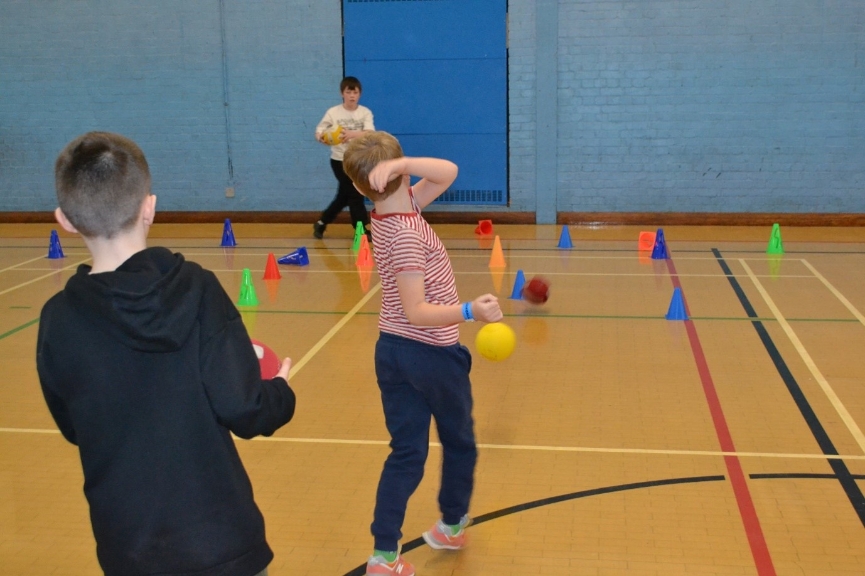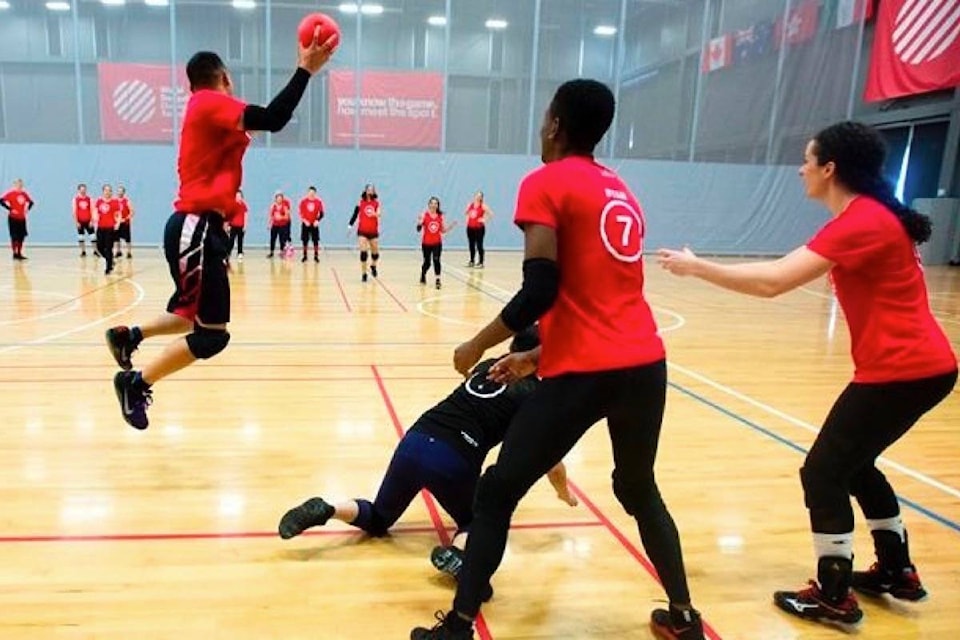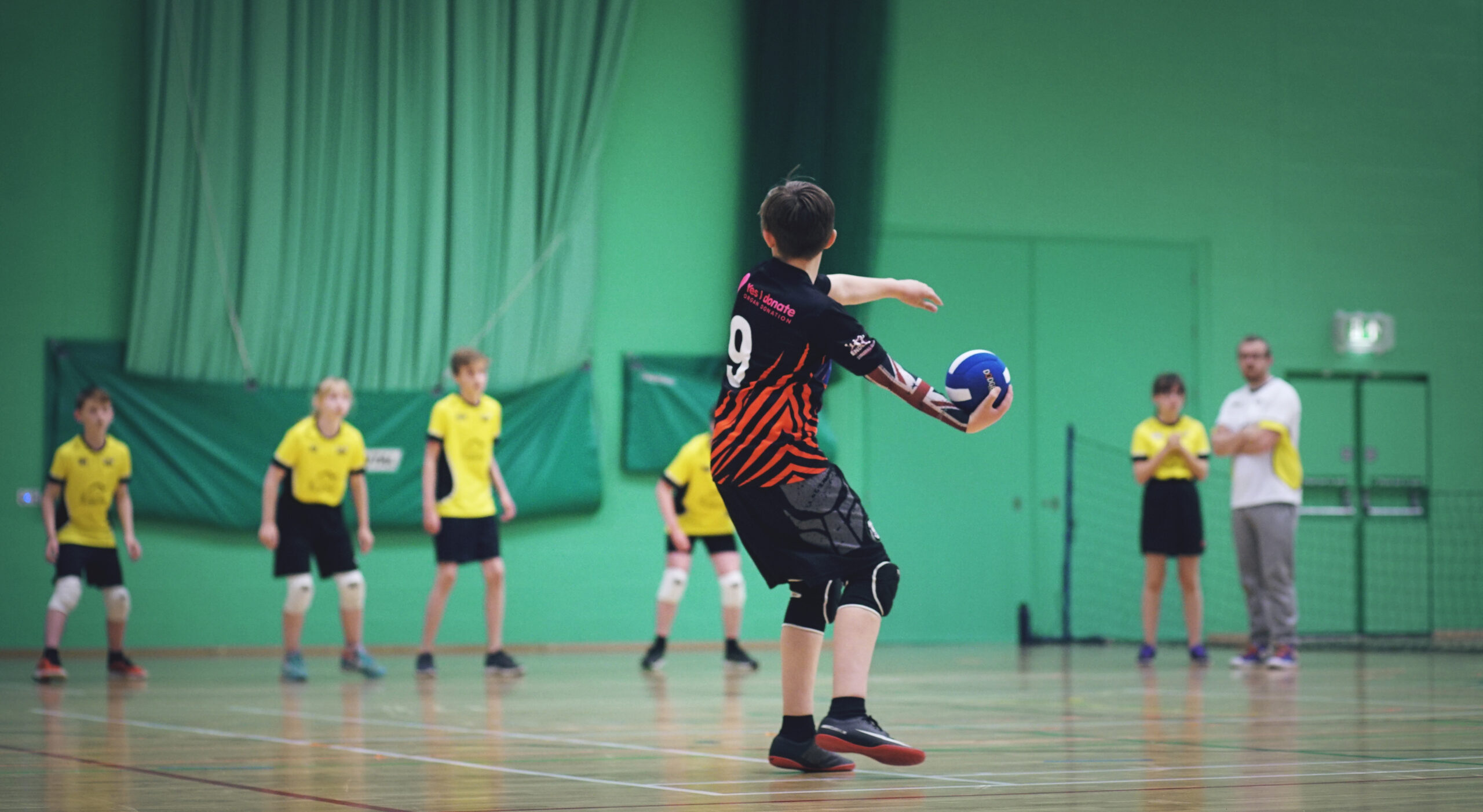Dodgeball is one of those games that children have always loved for the high-speed action that makes it a timeless game. Whether you are a parent, teacher, or youth activity organizer, hosting a game of dodgeball can give kids hours of fun, exercise, and team-building experience. Here’s some information on how to host a safe and enjoyable game of dodgeball for kids, including setup and safety.
1. Getting a Ball Ready for Kids
Choose a proper room:
Choose a spacious room, which will be spacious for the number of playing kids. Gymnasiums in halls do well, but an outdoor court or even a large backyard can be great if you have those. Make sure the space is safe-free and mark distinct boundaries. For the smaller kids, opt for a smaller space as they help keep the game manageable.
Divide into teams:
Divide children into two equal groups of kids. If you have an odd number of children, rotate one or two children between teams after each round. Using matching colored jerseys, bands, or ribbons will help younger kids identify who his or her teammates are.
Collecting Equipment
Use lightweight, soft, foam dodgeballs. They are much easier to throw and catch than conventional dodgeballs. For a moderate number of players, you should have 5-6 balls, depending on the number of participants and the size of your area.
2. Adapted Dodgeball Rules for Toddlers
Put these rules into super simple terms so that smaller toddlers can understand.
Start Game: Place the dodgeballs in the middle of the playing area. The teams begin on opposite sides of the court, and when the game begins-through the shrill sound of a whistle or any other appropriate signal-both teams scramble after the balls.
Game Objective :The objective of the game is to throw the ball and hit another person. A player is “out” if hit below the waist.
Getting Out: If hit, a player goes to the side of the court. Let players re-enter the game after a set time or if their teammate catches a ball for younger children.
A Catched Ball: If a ball is caught by a player when an opponent throws it, the one who throws becomes out. A teammate of the catcher also gets to come back in.
Winning: The game continues till all the players in one team get eliminated. Or set a time limit and declare the winner with the most players in that end.
3. Encouraging Fun and Fair Play
The best goal when playing dodgeball with children is to have fun! Teach teamwork, good sportsmanship, and respect for the opposing team. Let children know that losing is okay if they give their best. Do not allow a competitive attitude to run wild, make sure everyone enjoys playing.
4. How to Be Safe in Playing Dodgeball-For Young Players
When teaching dodgeball to kids, safety is paramount. The following tips should help with a safe yet exciting game:
- Use Foam Balls:Foam balls are softer and will not cause injury if someone gets hit, unlike traditional rubber dodgeballs.
- Throw Below the Waist:To avoid all injury, you can set a rule for any game that throws must only be made to targets below the waist. In the case of very young players, instruct them to throw at the legs.
- Supervise the Game: Enforce that a grown-up or referee is present in all games to ensure that games are played safely as well as rules being followed.
- Proper Footgear: Enforce kids to wear sneakers or other supportive footwear and prevent them from slipping or tripping during the game.
5. Variations of Dodgeball Friendly for Younger Age Groups
To include younger age groups and to make the game fun, these must be considered variations:
- No Elimination: Rather than sitting out after being hit, the players sit or stand in place. They are “freed” by a teammate catching a ball. This way, everyone is still involved in playing the game.
- Smaller Teams: With younger children, you might want to have smaller teams (3-4 kids). This means less chaos and more opportunities for each child to participate.
- Team Goals: Place goals for each team (such as cones or small items). The teams play the game to knock down the other team’s goal, not to knock each other down. This makes it very fun and less competitive.
Conclusion: Ways of Keeping Kids Engaged in Dodgeball
Dodgeball is wonderful for kids since it keeps them active and entertained. Simple rules on safety, along with variations that can be fun, will create an exciting game of teamwork and exercise. Fair play and fun are the focal points- the kids of all ages will love attending your sessions.
Keywords: dodgeball for children, dodgeball rules for kids, organizing a game of dodgeball for kids




